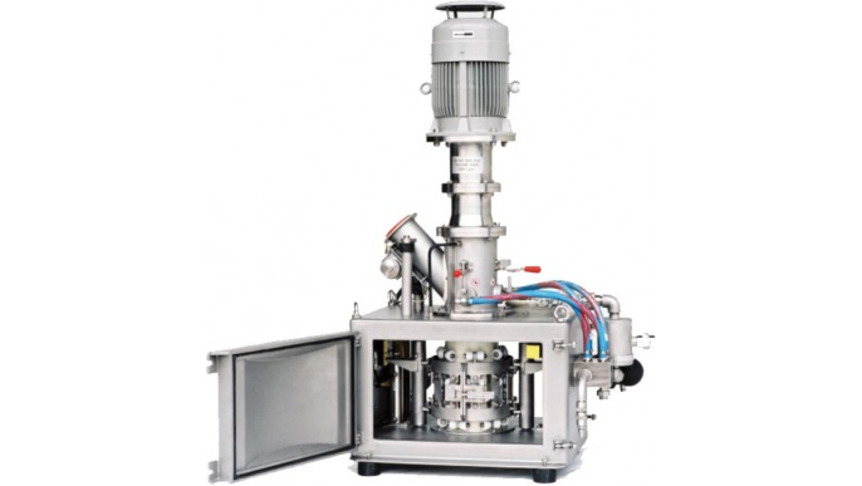- Industries & Machines Industries & Machines
- IIoT IIoT
- Service-Toll Processing Service-Toll Processing
- Material Material
- News News
- IR Information IR Information
-
Sustainability
Sustainability
Sustainability
- Introduction
- Hosokawa Micron Group "Basic Human Rights Policy"
- Hosokawa Micron Group "Basic Policy on the Environment"
- Sustaibality Policy - Mission Statement
- Editorial Policy
- Integrated Report
- Materiality & Strategy
- Technological contribution to a sustainable global environment
- Contributions towards a safer, more secure and prosperous society
- Sophistication of governance that supports business
- ESG Data Collection
- Sustainable Business Management ~ Finance
- Infromation Disclosure Based on TCFD Recommendations
- Jobs and Careers Jobs and Careers
-
About Us
About Us
About Us
- Greetings (Company Introduction)
- Hosokawa Micron Group "Basic Human Rights Policy"
- Hosokawa Micron Group "Basic Policy on the Environment"
- Management Philosophy
- Corporate Overview
- Executive Officers
- Corporate Profile
- Business Areas and Strengths
- Corporate History
- Hosokawa Micron Group
- Domestic Facilities
- Overseas Subsidiaries (Asia)
- Overseas Subsidiaries (Europe)
- Overseas Subsidiaries (America)
- Asian Agents
- Powder Technology Research Institute
- Industrial Property Rights
- Journals and Books
- Technical Information
- Annual Publication "Micromeritics"
- Compliance Charter
- Privacy Policy
- Cookie Policy
- Quality Principle

Industries & Machines
- TOP
- Industries & Machines
- Industries Search
- Super Absorbent Polymer for Diapers
Super Absorbent Polymer for Diapers
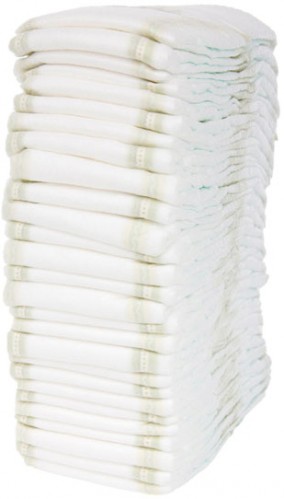
Summary
Absorbent polymers (SAP) consist of a network of hydrophilic polymer chains. Their primary characteristics are their ability to absorb liquids, turn the liquids into gels and hold them even under pressure. When it is applied in diapers, leakage of urine is prevented and it keeps baby’s bottom dry. 90% of the SAP production is used for diapers and sanitary products. In the West and in Japan, SAP has been already indispensable for diapers and sanitary products. In countries of the falling birth rate and aging population like Japan, the increase rate of diapers for elderly adults tends to exceed that of diaper for babies, which increases the total demands of SAP.
The cellulose fibers have been used as primary absorbent in diapers. Key aspects in R&D work on absorbents in this industry over the years were increasing liquid absorption capabilities, absorption rate, fluid retention under pressure, reducing production cost and environmental impact. Liquid absorption is 30 - 500 times of its own weight and the ratio of cellulose over polymers in diapers changed from 20:1 to 1:1. Now, the diapers have become thinner and thinner.
Contents
Process
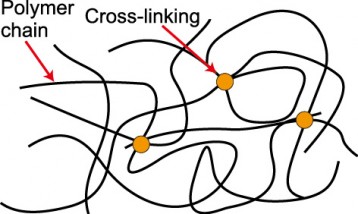
Fig.1 Cross-linking point of polymer
SAP production process consists of chemical reaction and mechanical powder processing as follows,
- Polymer synthesis
- Reactant gel fractioning
- Drying gel fraction
- Dry mechanical processing
- Surface modification
- Final product enhancement
Powder technology is related in the processes of 4-6.
Dry Mechanical Processing
The required characteristics of powder are the bulk density and the flowability, which are governed by the particle size distribution. The absorption rate is also governed by the particle size. For those reasons, the most commonly required super absorbent polymers are hard, dry granular powders in the size range of 150-600 μm. Grinding and sieving operation can produce such powders. Here, the most common grinding machine is the cutter mill Rotoplex.
Surface modification
The SAP granules after dry milling have moderate water retention characteristics against pressure. Enlarging cross-linking bridges between polymers synthesis, resulting in more polymer stability, could enhance these characteristics. However, the wider polymer linking bridges, lower flexibility of the polymer resulting in lower liquid absorption capability. Therefore, modern SAP is produced with a relatively low cross-linking level. To enhance the water retention characteristics against pressure keeping a high liquid absorption capability, only the surface of the SAP granules is modified with a liquid cross-linking agent, resulting with the particles in a high cross-linked shell and increased rigidity. This surface cross-linking process is recognized as a coating operation.
Flexomix distributes the cross-linking agent over SAP granules and is widely used by SAP produces in the world. During processing in Flexomix, the operating parameters; the amount of cross-linking agent, operating temperature, residence time and other types of cross-linking agent leads to various SAP-granules with a variety of liquid absorption properties. In this cross-linking process, the required operation is:
- Dispersion of cross linking agent over the particle surface
- Short resistance time (sticking property of the raw material)
- Self cleaning mechanism against the sticky material
The Flexomix has all these functions. Subsequent processes heating and cooling can typically be conducted on the TorusDisc.
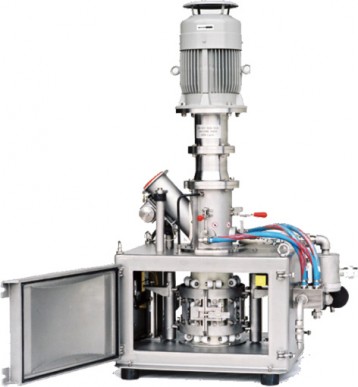
Fig.2 Flexomix FXD-250
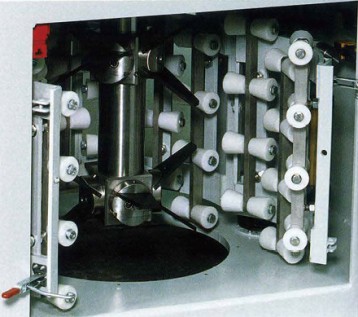
Fig.3 Self-cleaning mechanism of Flexomix
Value Adding of the product
In the finishing process, liquid or powdery additives are added to SAP by Flexomix for the increase of hydrophilic nature, prevention of deterioration, keeping of the whiteness, removal of the unreacted monomer, and improvement of the liquid permeability and flowability.
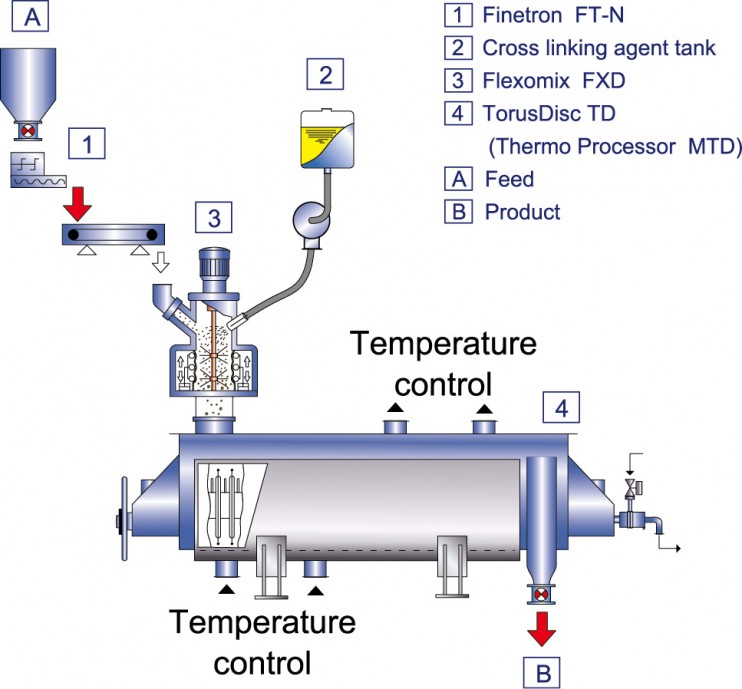
Fig.4 Flow
Related equipments

Feel free to contact us. if you have any questions or concerns.

